10 Best Adventures of 1993
By:
July 16, 2020
Twenty-seven years ago, the following 10 adventures from the Eighties (1984–1993) were first serialized or published in book form. They’re my favorite adventures published that year.
Please let me know if I’ve missed any adventures from this year that you particularly admire. Enjoy!
- Octavia E. Butler‘s Earthseed sci-fi adventure Parable of the Sower. Lauren Olamina, a teenager living in a gated community outside of Los Angeles, suffers from hyper-empathy; she viscerally feels whatever physical pain she witnesses. However, in the not-too-distant future (the 2020s), when the social order begins to collapse due to global warming, economic stagnation, racism and sexism, and extreme wealth disparity, Lauren’s condition may prove to be a super-power, of sorts. If she can survive, and find people she can trust — then Lauren’s prophetic “seeds” — her ideas for a new social order, one based on a religion that will teach self-sufficiency and a radically new understanding of what God is — may have a chance of finding purchase. The story, told through (rather stoic, matter-of-fact) journal entries, details the brutal events that come to pass during the early days of America’s collapse, as well as Lauren’s efforts to found a utopian “Earthseed” commune in northern California. Now that it’s nearly 2020, Butler’s depiction of what’s to come — including a president who aims to make America great again by suspending minimum wage, environmental, and worker protection laws — feels depressingly, chillingly accurate. Fun facts: The first in a two-book series. The book’s title is borrowed from a parable that Jesus tells (in Matthew 13:1-23, Mark 4:1-20, and Luke 8:4-15) about a sower whose seed falls on various patches of ground, most — but not all — of which are inhospitable.
- Dwayne McDuffie and Denys Cowan’s Hardware comic (1993–1997). When comics writer Dwayne McDuffie, comics artist Denys Cowan, and other African American talents founded Milestone Comics (published and distributed by DC) in 1993, in order to provide better representation for minorities in comics, McDuffie and Cowan’s first title was Hardware. The Iron Man-inspired series features a brilliant corporate scientist, Curtis Metcalf, who creates a high-tech armored suit and goes to war against his supposedly liberal, humanitarian employer, Edwin Alva. (“A cog in the corporate machine is about to strip some gears…”) We get a crash course in metallurgy, computer science, nanotechnology, and plasma weapons; one of the coolest aspects of the armor — Hardware 2.0 — is how it integrates the most advanced human technology with that of an alien civilization, the Cooperative. (One device of Cooperative origin, the Inertia Winder — which can absorb and store kinetic energy — seems to have been borrowed by Marvel Comics for its 2018 movie Black Panther.) Metcalf was a working-class prodigy discovered and educated by Alva; a personal, even existential aspect of his crusade concerns his discovery that despite all of Metcalf’s extraordinary accomplishments, Alva has never considered him a worthy equal. Since 1997, Hardware has been incorporated into the DC Universe, teaming up with the Blue Beetle, Superman, and others… and even joining the Justice League. Fun facts: In her Afrofuturism series here at HILOBROW, Adrienne Crew notes — of African American half-human, half-tech superheroes like Cyborg, Deathlok, and Hardware — that these characters are “roboticized examples of the ‘tragic mulatto’ trope in American culture … mixed-race men and women tortured by their inability to find their place [in the world].”
- Gene Wolfe’s science fantasy adventure The Book of the Long Sun (1993–1996). A sequel of sorts to the author’s better-known, award-winning Book of the New Sun tetralogy (1980–1983), this four-volume epic is a rich, complex religious allegory. Nightside the Long Sun (1993), Lake of the Long Sun (1994), Caldé of the Long Sun (1994), and Exodus from the Long Sun (1996) recount the struggles of Patera Silk, a Moses- and Christ-like parish augur, to lead his people out of a false world and into a real one. The first volume sees Silk attempting to protect his impoverished manteion by breaking into the mansion of the crime lord Blood, who has purchased the manteion; it’s a Father Brown-esque crime adventure of sorts, set within a world whose lineaments are at first confusing. The second volume is an espionage adventure, of sorts… in which Silk explores his labyrinthine world (“Whorl”) and begins to learn its shocking secrets. An armed rebellion consumes the third volume, a war story; will Silk become the titular caldé — his city-state’s leader? The final volume, a utopian narrative, explores a matriarchal society that seems to offer a peaceful alternative to Silk’s own patriarchal oligarchy. In the end, however, the Whorl cannot be redeemed; it’s a prison… Silk must help his followers find their way out of it. Perhaps not as gripping as the Book of the New Sun, but what an achievement! Fun facts: Writing about the Book of the New Sun series, Thomas M. Disch asked us to “imagine a Star Wars–style space opera penned by G.K. Chesterton in the throes of a religious conversion.”
- Andrzej Sapkowski’s Witcher fantasy adventure The Last Wish (Ostatnie życzenie, translated into English in 2007). In this collection of the original Witcher stories (connected by a frame story), Geralt of Rivia encounters fantastic creatures in twisted Slavic mythology and fairy-tale contexts. “A Grain of Truth” (“Ziarno prawdy”), for example, is a version of “Beauty and the Beast”; “The Lesser Evil” (“Mniejsze zło”), is a version of “Snow White” (though one in which the heroine convinces a band of seven dwrves to quit mining for banditry). Geralt’s tales take place on a continent settled thousands of years ago by Elves, then invaded a few hundred years ago by humans. Elves and other non-human races now live in ghettos within human settlements, and in the wilderness. “Witchers” like Geralt are mutants — bred and trained to slay vampires, werewolves, chimeras, and manticores. The writing is lyrical, the stories entertaining, the monster-fighting thrilling. Geralt is a Philip Marlowe-esque character, looking to make a buck in a corrupt world without compromising his own code of behavior. Fun facts: There are several other Witcher story collections, as well as a five-part series of novels — incuding Blood of Elves (Krew elfów, 1994), Time of Contempt (Czas pogardy, 1995), and Baptism of Fire (Chrzest ognia, 1996). A 2001 Polish fantasy film adaptation, The Hexer (Wiedźmin), starred Michał Żebrowski. There’s a popular trilogy of video games (The Witcher, The Witcher 2: Assassins of Kings, and The Witcher 3: Wild Hunt), a graphic novel series, and now a Netflix series starring Henry Cavill.
- Jeff Noon’s Vurt sci-fi adventure Vurt. In the anarchic, rain-swept environs of future Manchester, England, nearly everyone is obsessed with “Vurt” — a vast multiplayer virtual reality game/consensual hallucination accessed by sucking on drug-infused colored feathers. (Also: dog-human hybrids have formed a thriving subculture, with their own rock stars; flesh cops and shadowcops pursue those who access illicit versions of vurt; and there’s and there’s a tentacled, multi-orificed, harmless Thing From Outer Space, too.) Vurt, it seems, is in fact a kind of parallel world, or multiverse; you can lose things there, and bring other things back. This is the situation haunting our narrator, Scribble, who’s lost his sister — with whom he is sexually obsessed — somewhere in the game. As he careens around with his friends, the chrismatic but largely unsympathetic Stash Riders, in search of exotic and illicit vurt feathers, Scribble schemes to retrieve Desdemona, somehow, from wherever she may be. (There’s an echo, here, of the Tammuz/Ishtar myth.) In the end, Scribble may have to give up everything he knows and loves in order to succeed in his quest. For better and worse, this is a story very much of its moment: “In science fiction, once a generation there are one or two voices that capture the times the same as bands do,” says Warren Ellis. “In 1993, post-rave, where things were still jumping but they were starting to get a bit dark… Jeff Noon was the sound of post-rave.” Fun fact: Winner of the Arthur C. Clarke Award. Noon’s second book, a sequel, is titled Pollen (1995); he also wrote a prequel, Nymphomation (1997). In 2017, Ravendesk Games published a tabletop role-playing game version of Vurt.
- Irvine Welsh’s druggy picaresque Trainspotting. An interrelated collection of stories about Mark “Rent Boy” Renton, Simon “Sick Boy” Williamson, Daniel “Spud” Murphy, Francis “Franco” Begbie, and their whole sick crew of drug-abusing Edinburghers. Set in the mid-1980s, and narrated in thick Scots dialect and slang, Trainspotting paints a vivid portrait of the sorts of trouble into which young men without opportunities can get themselves. We observe them scoring heroin, enjoying heroin, and attempting to quit heroin. We tour the insides of Renton’s head (guilt-ridden, selfish), Sick Boy’s head (self-glorifying, nihilistic). A baby dies; a friend becomes an addict; Renton sleeps with an underage girl; Sick Boy kills a dog. There’s a bar fight, a job interview, another bar fight. Begbie emerges as a terrifying thug. (“The problem is, he’s a mate n aw,” muses Renton. “What kin ye dae?”) Some of the most memorable, amusing, horrifying scenes are scatalogical: Renton is caught short, uses the most disgusting pub toilet imaginable, then must rescue the opium suppositories he’s shit out; another friend wakes up in puddle of shit and vomit, then inadvertently spatters his girlfriend’s family with it. It’s all very sordid, and in the end none of the characters — except Spud? — are sympathetic. But the language is glorious, and Renton’s insights into the banality of normal life are acute. Fun facts: An enjoyable film adaptation, directed by Danny Boyle, was released in 1996. Starring Ewan McGregor, Robert Carlyle, Jonny Lee Miller, and Ewen Bremner, it has been named of the best British films of all time. Characters from the novel appear in subsequent Welsh novels and collections, including Glue (2001), Porno (2002), and Skagboys (2012).
- William Gibson‘s Bridge sci-fi adventure Virtual Light. A bike messenger who lives in the Bay Bridge community — an anarchic shantytown suspended between San Francisco and Oakland; it’s divided into suspension-side and cantilever-side zones — steals a valuable pair of sunglasses, which (it turns out) allow the wearer to perceive optically encoded information about a ruthless corporate cabal’s scheme to raze San Francisco and rebuild it using nanotechnology. The first installment in Gibson’s Bridge trilogy is set in the then-near future of 2006; although the context of Virtual Light is post-catastrophic (earthquake, social upheavals), this series is not nearly as far-out as his Sprawl trilogy. Alas, it’s more realistic: the middle class has all but vanished, public space has been privatized, everything is polluted. The messenger, whose name we eventually discover is Chevette, takes it on the lam. She is pursued by two cops (Svobodov and Orlovsky), a psychotic assassin (Loveless) dispatched by the company that made the glasses, and by Rydell — a former police officer hired by the “skip-tracer” Lucius Warbaby. (Meanwhile, another subplot focuses on Yamazaki, a Japanese sociologist studying the bridge dwellers — in particular, Chevette’s mentor, Skinner.) When Rydell catches up with Chevette, he has to decide whether to take her in… or to join her in attempting to get the word out about the nanotech plot! Fun facts: The novel was a finalist nominee for a Hugo Award.
- John le Carré’s espionage adventure The Night Manager. When billionaire Richard Onslow Roper, who traffics in arms and drugs, swans into a luxurious Zurich hotel late one wintry night, the hotel’s night manager is laying in wait. Jonathan Pine has been obsessed with bringing Roper down ever since a women he knew at a previous job — when he was night manager at the luxurious Queen Nefertiti hotel, in Cairo — was murdered after Pine incautiously helped her pass incriminating documents along to British intelligence. Now, another British intelligence department are planning an elaborate sting operation against Roper, and they require Pine’s help. This is the author’s first post-Cold War novel; although the enemy has changed, the familiar lineaments of a Le Carré joint are all here: an inter-agency turf war, crooked intelligence ops, double agents, a beautiful woman. Pine infiltrates Roper’s operation all too successfully, and finds himself involved in a scheme to turn a Colombian drug cartel into a full military operation. When it comes to bringing down Roper, rescuing the woman he loves, and saving his own skin, he’ll have to choose two of the above. Fun facts: Harry Palfrey, legal advisor to the British Secret Intelligence Service, who first appeared in The Russia House, shows up here; so do one or two other minor Le Carré characters. A 2016 British TV adaptation, directed by Susanne Bier and starring Tom Hiddleston, Hugh Laurie, Olivia Colman, David Harewood, Tom Hollander, and Elizabeth Debicki, was a success; a sequel is planned.
- Jack Womack’s Dryco sci-fi adventure Random Acts of Senseless Violence. In near-future New York, 12-year-old Lola Hart must contend with political and civil unrest (riots, fires, disease outbreaks, roaming gangs), as well as the effects of increasing inflation. When her formerly well-to-do family is forced to move to Harlem, she loses touch with her private-school friends and takes up instead with three streetwise African American girls: Iz, Jude, and Weezie. This prequel to Womack’s six-book Dryco series is the Mad Max of the series; in this installment, things rapidly go from screwed-up to abysmal. The military struggles to control what remains of the American state; a sinister corporation called Dryco assumes possession of what were formerly public-sector goods; and an increasingly ignorant and desperate populace worships “E” — a bygone rock’n’roller turned godling. In just a few months, the United States descends into violent anarchy; rape and murder are everyday facts of life, for Lola and her scrappy crew. Lola’s diary, which we’re reading, and whose vocabulary and idioms change dramatically from beginning to end (“Everything downcame today, the world’s spinning out and I spec we finally all going to be riding raw”), suggests that such violence is systemic… and by no means random. Fun facts: The Dryco series begins with — in order of publication — Ambient (1987), Terraplane (1988), Heathern (1990), and Elvissey (1993). An adult version of Lola’s character appears briefly, and violently, in Ambient. Cory Doctorow and others have called Random Acts of Senseless Violence Womack’s under-appreciated masterpiece; when asked why he thought the book hadn’t succeeded, Womack blamed its terrible cover art.
- Minette Walters’s crime adventure The Sculptress. Under pressure from her publisher to produce a new book, Roz Leigh, a burned-out nonfiction author mourning the death of her daughter and dissolution of her marriage, interviews Olive Martin, a menacing women who (six years previously) was imprisoned for life after she was discovered cradling her mother’s and younger sister’s dismembered body parts. It seems she pleaded guilty to murdering them… but the examining psychiatrists agree she’s not a psychopath. Why did she do it? Moreover, why did she arrange her victims’ limbs into abstract shapes? And what’s the significance of the bizarre figurines she fashions, now that she’s in prison, for which seemingly creepy behavior she’s been dubbed “the Sculptress”? In the course of their interviews, Roz finds flaws in the prosecution’s evidence… and begins to suspect that Olive is concealing her own innocence. Was she railroaded — because she happens to be morbidly obese? Or did she actually commit the crime? Teaming up with Hal Hawksley, the volatile ex-police detective — now an unsuccessful restaurateur — who investigated the case, and to whom she finds herself erotically attracted, Roz is drawn into Olive’s world of obsessional lies, love, betrayal, and greed. There are thrills and chills, and romance. The author is adept at keeping us guessing — revealing new details whenever we think we’ve got the mystery figured out. Which is something, Roz is led to understand, that she may never do to her own satisfaction. Fun facts: Inspired by an encounter Walters had as a volunteer prison visitor, her second novel won an Edgar Award. It was adapted in 1996 as a BBC-TV series, starring Pauline Quirke as Olive, Caroline Goodall as Roz, and Christopher Fulford as Hal.
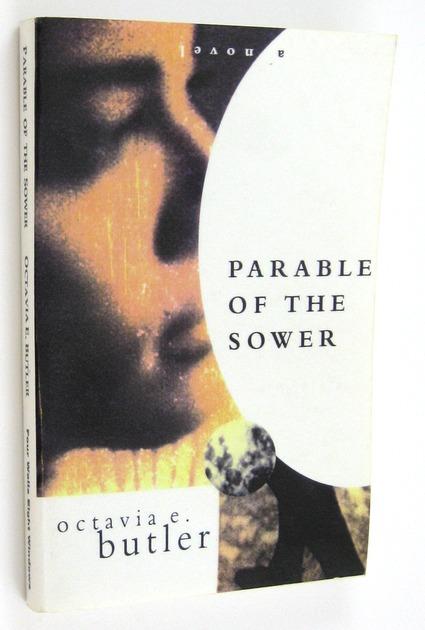
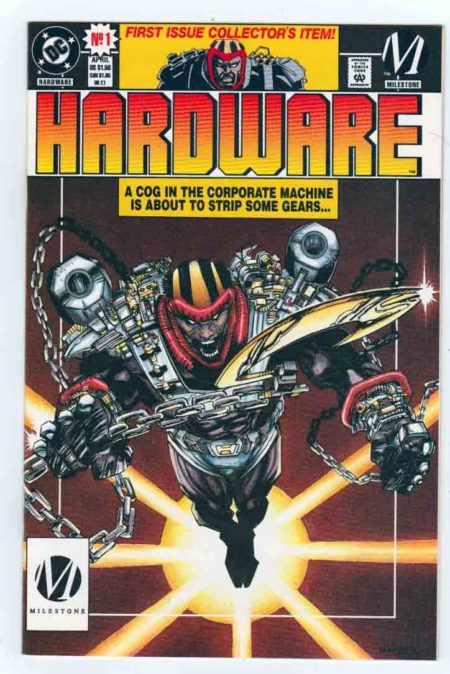
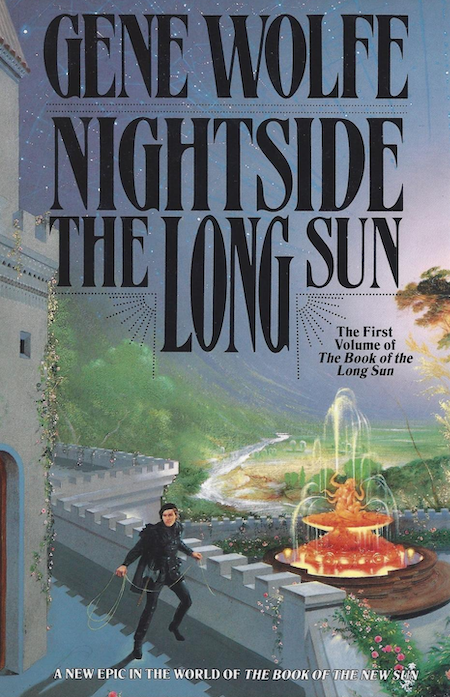
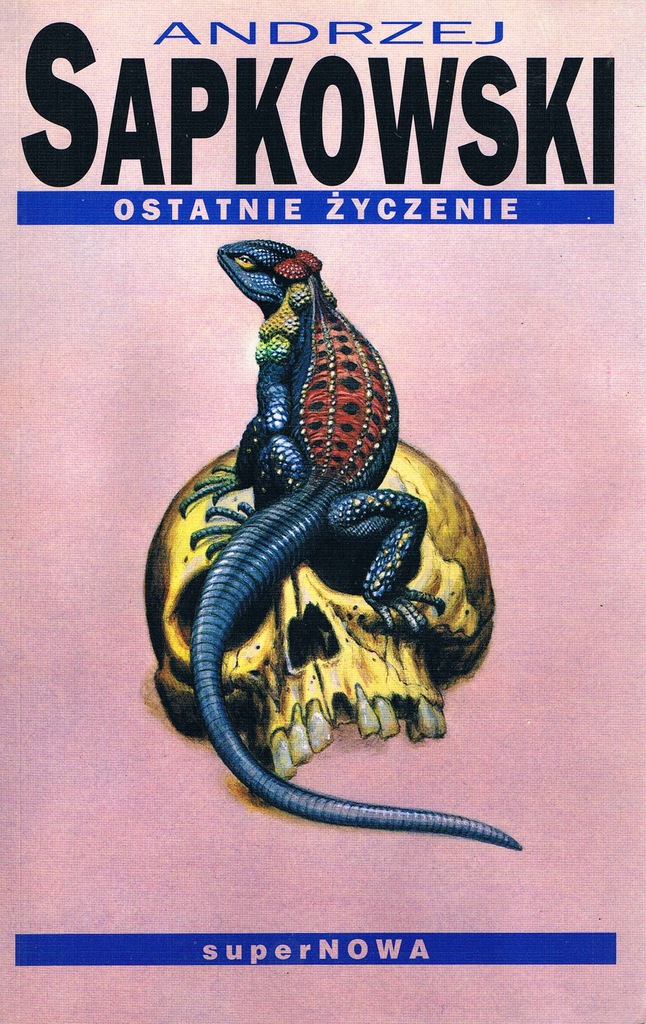
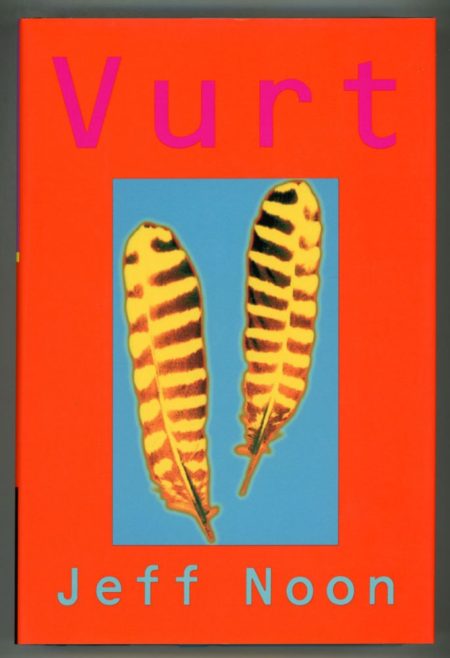
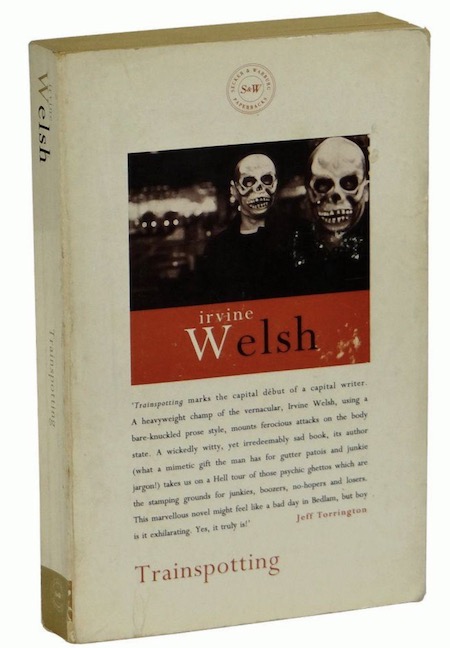
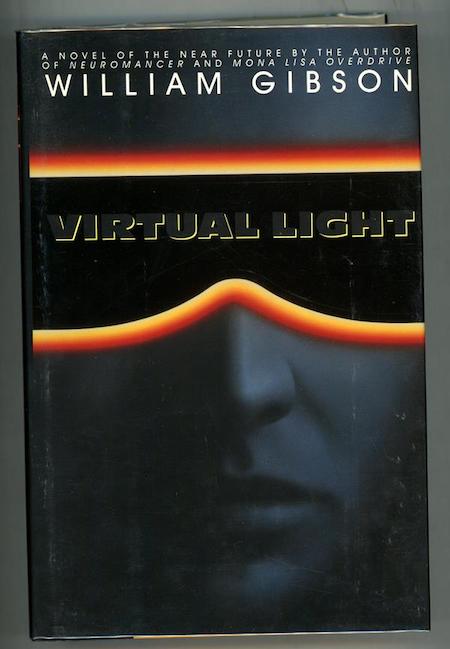
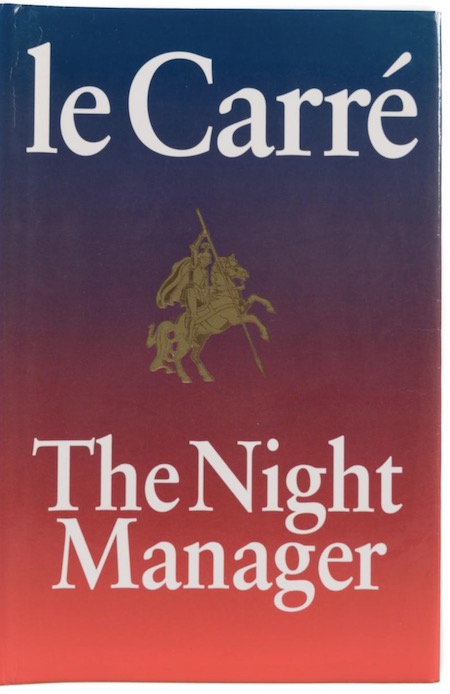
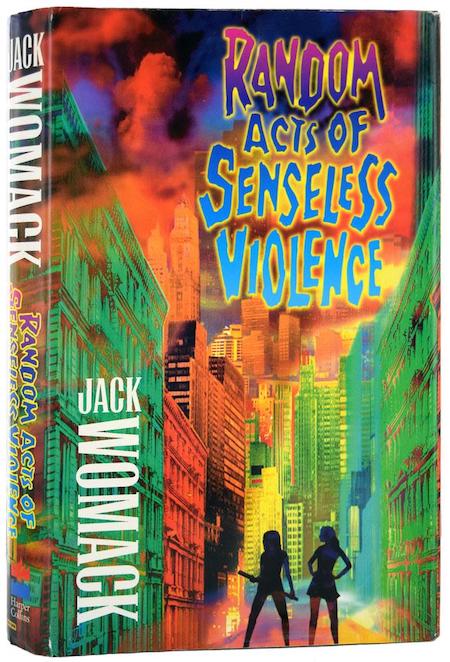
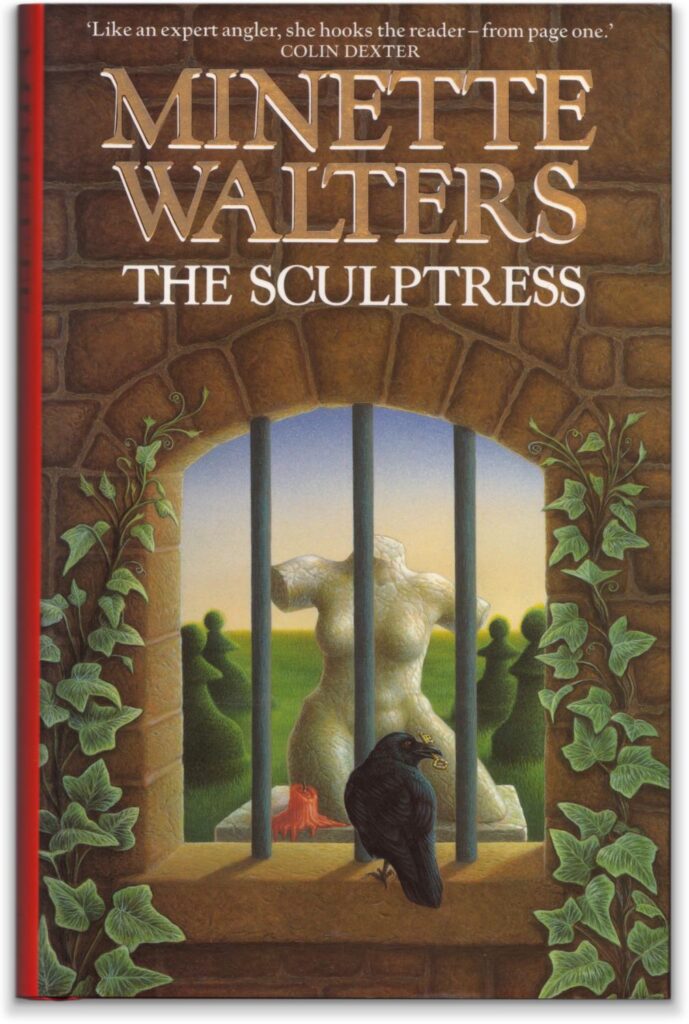
JOSH GLENN’S *BEST ADVENTURES* LISTS: BEST 250 ADVENTURES OF THE 20TH CENTURY | 100 BEST OUGHTS ADVENTURES | 100 BEST RADIUM AGE (PROTO-)SCI-FI ADVENTURES | 100 BEST TEENS ADVENTURES | 100 BEST TWENTIES ADVENTURES | 100 BEST THIRTIES ADVENTURES | 75 BEST GOLDEN AGE SCI-FI ADVENTURES | 100 BEST FORTIES ADVENTURES | 100 BEST FIFTIES ADVENTURES | 100 BEST SIXTIES ADVENTURES | 75 BEST NEW WAVE SCI FI ADVENTURES | 100 BEST SEVENTIES ADVENTURES | 100 BEST EIGHTIES ADVENTURES | 75 BEST DIAMOND AGE SCI-FI ADVENTURES | 100 BEST NINETIES ADVENTURES | 75 BEST HADRON AGE SCI-FI ADVENTURES | NOTES ON 21st-CENTURY ADVENTURES.
